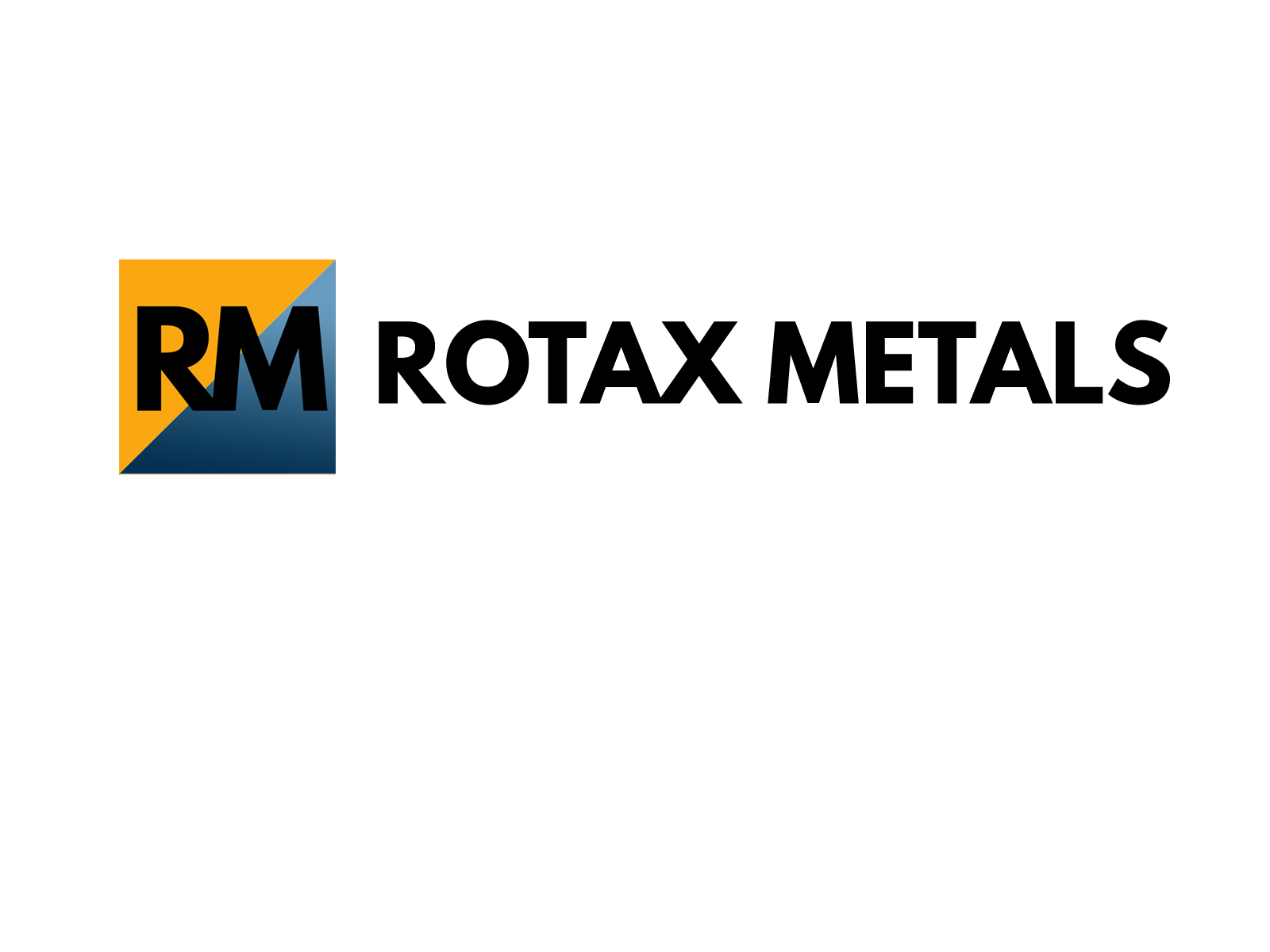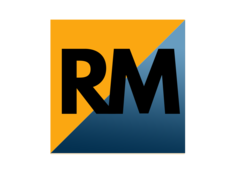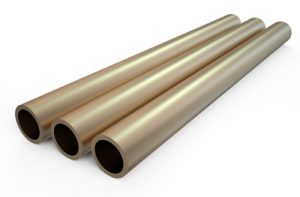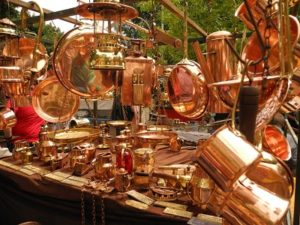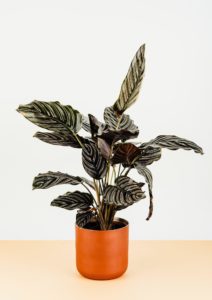Choosing a metal for your project is not as easy now as it was centuries ago. With a new alloy being discovered almost every year, you definitely have a lot more choices now. It can get quite confusing, especially if you have no idea how to identify the metal you need.
In case you are looking for bronze, you have to be able to set it apart from other metals so you won’t end up buying a metal that isn’t suitable for your project. Not only is it wasteful, but it’s also dangerous to use a metal that doesn’t have the necessary properties for its supposed application. To help you choose, here are some of the characteristics that set bronze square tube, bar, or sheet supplies apart from other metal products.
It Is Copper-Colored
While this is pretty obvious, considering that bronze’s base metal is copper, you still have to keep in mind that its color is almost similar to that of copper. The reason for this is that copper alloys vary in appearances. Some have lighter tone while others don’t have the physical characteristics of copper at all. So when you go looking for bronze, you can immediately narrow your choices by simply eliminating anything that doesn’t look brownish.
It Is Heavy
Have you ever tried lifting a bronze statue before? If you have, then you must have been caught off guard by its sheer weight. Although most metals are heavy, bronze is quite special, because you can distinguish it from faux bronze by its weight. There’s a certain material called “bonded bronze” that is particularly popular in sculpture. It’s a mix of resin and bronze powder and definitely makes a good sculpting material. The only problem is that it’s not pure bronze. You can tell because it’s three times lighter than genuine bronze.
Tougher than Copper but More Flexible than Brass
Sometimes, even when your choices are just copper, brass, and bronze, there’s a chance you can still be confused as to which one is bronze. In this case, you might want to check their toughness. Go pick a sheet or plate of each metal and try to bend them. You will notice that the most pliable one is copper and the toughest is brass. Bronze is neither too soft nor too hard, which is why it makes a perfect sculpting material.
A Ringing Sound
Like buying any other product, you need to be vigilant when it comes to the quality of your bronze. Avoiding fake bronze is one thing, but avoiding low-quality bronze is another. Bronze can be considered high-quality if it was properly cast, doesn’t have impurities, and has a perfect mixture of copper and tin. You can actually determine this by listening to the sound it makes when hit with another object. A genuine bronze should create a beautiful ringing sound, much like what you hear from a bronze bell.
To make sure that the material you are purchasing is bronze and is genuine bronze at that, it would be best to go to a trusted metal supplier, especially one that specializes in copper alloys, such as Rotax Metals. You can discuss with them the specifications of your project so that they can lead you to the right grade and quantity. Also, you don’t have to worry about quality because for sure all of their bronze tube stock and other products are from the best sources.
